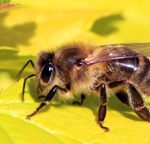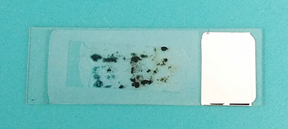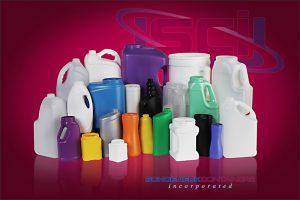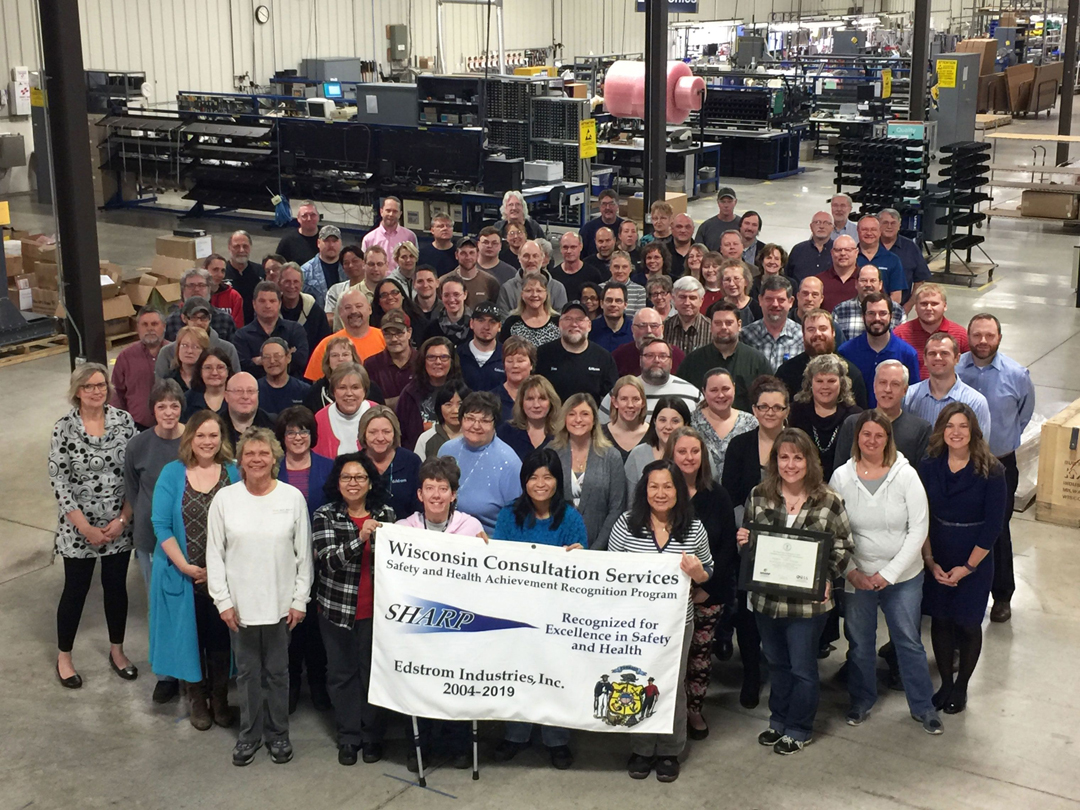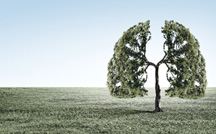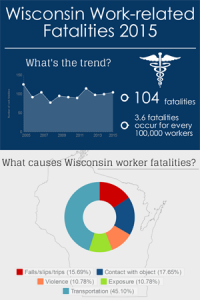Wisconsin State Laboratory of Hygiene (WSLH) Forensic Toxicologist Lori Edwards gave a UW Wednesday Nite @ the Lab talk on April 19th on the topic of “Heroin and Other Opioids: A Wisconsin Epidemic?”.
Her presentation covered the current issues and trends associated with heroin and other opioids in Wisconsin, including the history of the opium plant, manufacturing process, and the pharmacological effects of heroin and other opioids on the human body. In addition, case studies of individuals driving under the influence of heroin or other opioids were discussed.
Watch an archived webcast of her talk — http://www.biotech.wisc.edu/webcams?lecture=20170419_1900
WisContext Series on “The Opioid Epidemic in Wisconsin”
WisContext, an online multimedia news and information service of Wisconsin Public Radio, Wisconsin Public Television and UW Cooperative Extension, is running a series of stories on opioid use in Wisconsin.
Two of the stories feature interviews with WSLH Forensic Toxicology Director Amy Miles.
Opioid series website – http://www.wiscontext.org/opioid-epidemic-wisconsin
Stories featuring WSLH:
“New Synthetic Opioids Test Limits Of Wisconsin’s Drug Analysis” – http://www.wiscontext.org/new-synthetic-opioids-test-limits-wisconsins-drug-analysis
“To Identify Elusive Opioids, Labs Pursue More Sensitive Equipment” – http://www.wiscontext.org/identify-elusive-opioids-labs-pursue-more-sensitive-equipment
“Synthetic Opioids Have Public Health And Medical Investigators Playing Catch-Up” – https://www.wiscontext.org/synthetic-opioids-have-public-health-and-medical-investigators-playing-catch
“Wisconsin’s First Responders Take Steps To Avoid Opioid Exposure On The Job” – https://www.wiscontext.org/wisconsins-first-responders-take-steps-avoid-opioid-exposure-job
“The Toxicology Mysteries Posed By Synthetic Opioids” – https://www.wiscontext.org/toxicology-mysteries-posed-synthetic-opioids
“Occupational Risks To People Encountering Opioids On The Job” – https://www.wiscontext.org/occupational-risks-people-encountering-opioids-job

 The WSLH
The WSLH 
